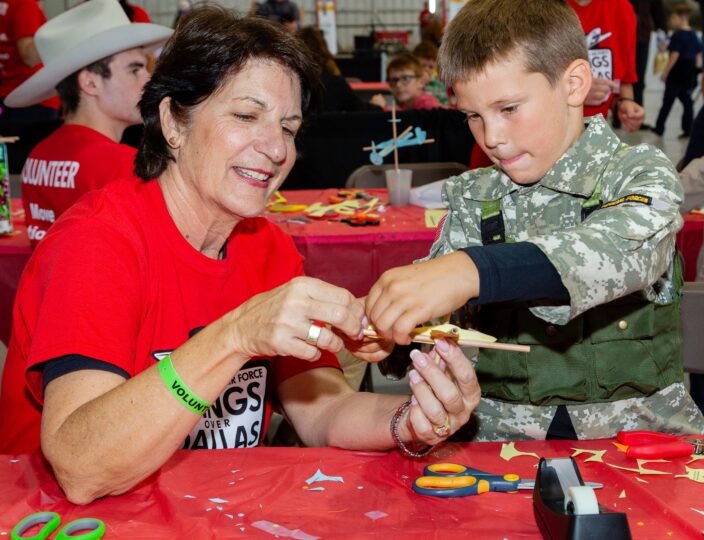Are you looking for hands-on activities in Dallas? We provide aviation-related Science, Technology, Engineering, and Math (STEM). One of our favorite activities is the paper box airplane. Take those leftover Amazon boxes and repurposed them into paper box airplanes. With a little help from sidewalk chalk, turn a hangar, sidewalk, or ramp into a play runway for kids to burn off some energy and be inspired for a career as a pilot. The best part is that you can let your child also express their creativity and let them use markers, tape, or stickers to decorate it.
Those paper box airplanes also double as a great advertisement. Adults saw colorful, kid-decorated paper box airplanes being piloted around the show, they would beg to know how their kids could have one. Others would return the following day with their children or grandchildren, happy in the knowledge their kids would have some inspiring activities in which to participate. More families joined us in our Aviation Discovery Zone due to the word-of-mouth advertising from show attendees who were enthralled with the paper box airplanes. The news got out quickly that we had activities for the whole family, and show attendance increased.
We here at the NAEC continue to provide hands-on activities in Dallas that can span a vast age range. An extremely versatile activity is the foam plate glider. A $3 bag of 100 plates, scissors, pens, tape, and some pennies can be made into a 15-minute activity or be expanded to a two-hour STEM lesson. The other beauty of the foam plate glider is that it is appropriate for a vast array of ages. Even our unit members had fun playing at the CAF Conference. Using a simple template, the outline of the glider is traced and cut out. A penny becomes the “pilot” and is just enough weight to keep the nose level. Flight surfaces can be adjusted to control flight. Create a landing area out of a table or sidewalk chalk, and have the students adjust flight surfaces so that their glider will bank left to land. The learning is in the experimentation with flight surfaces to understand cause and effect.
.
